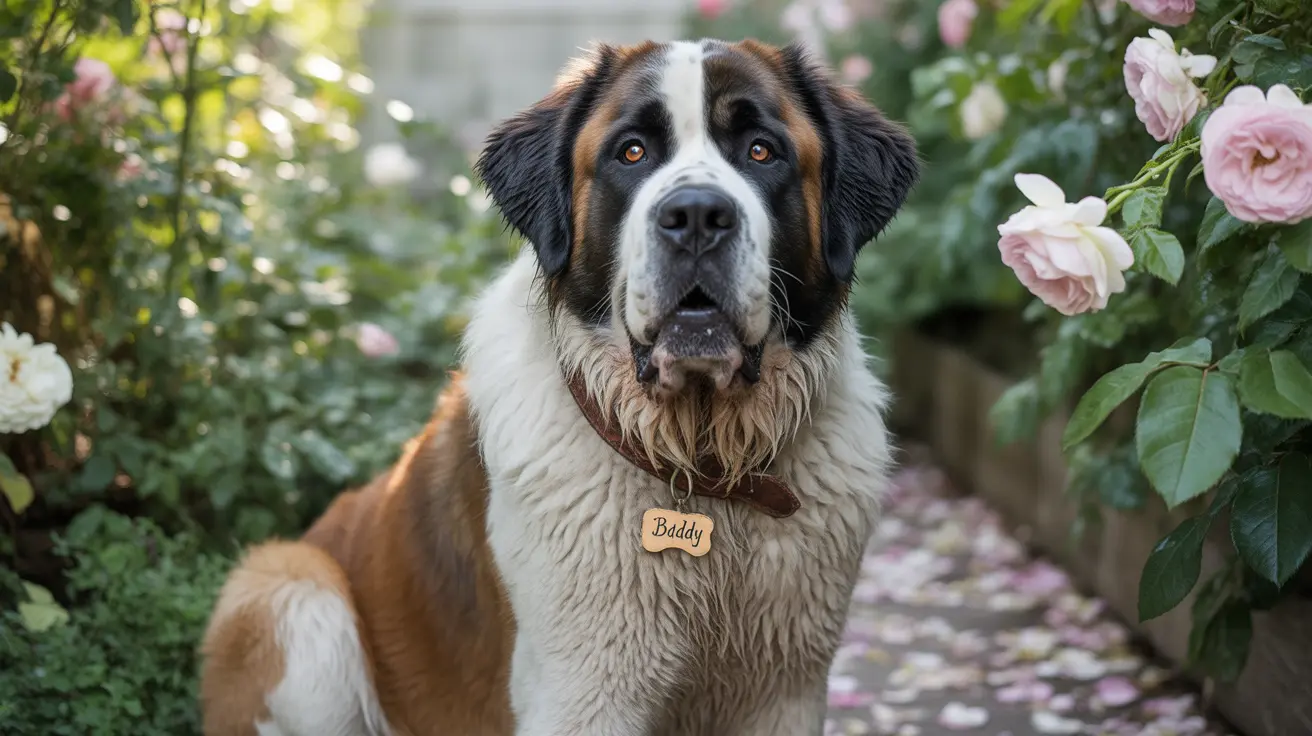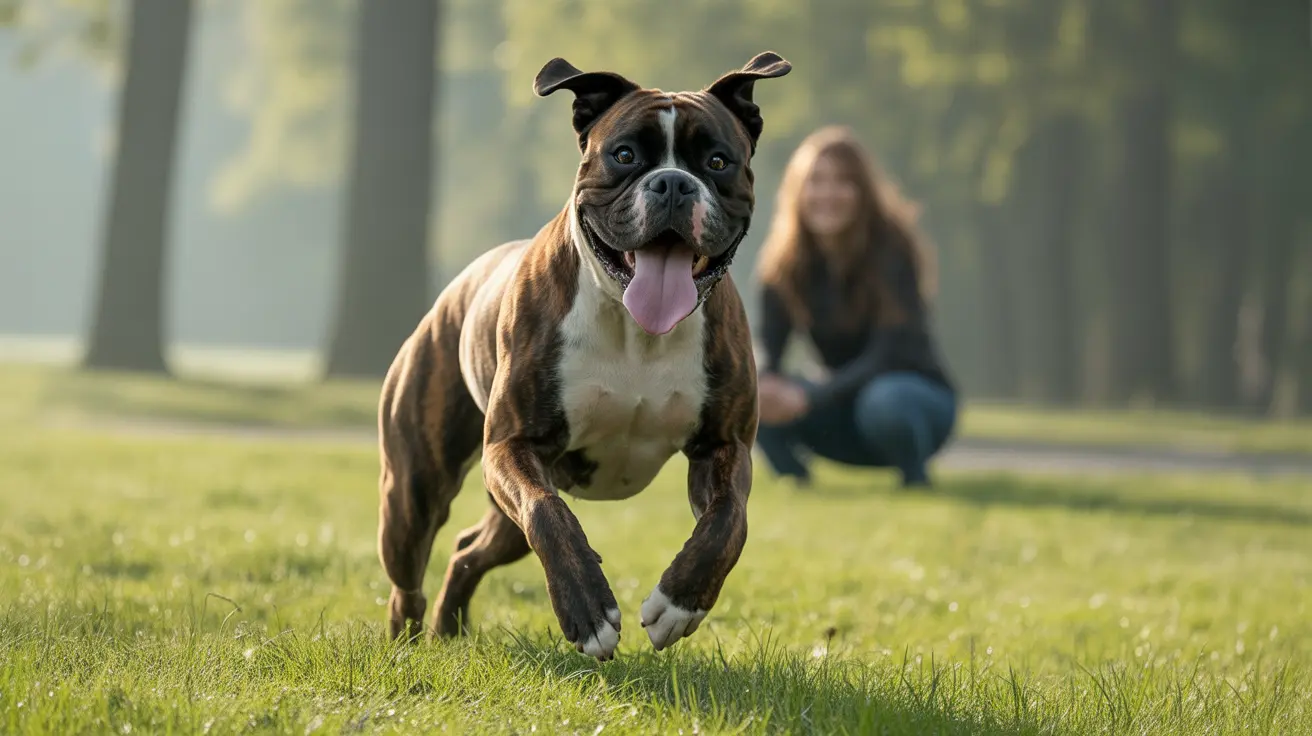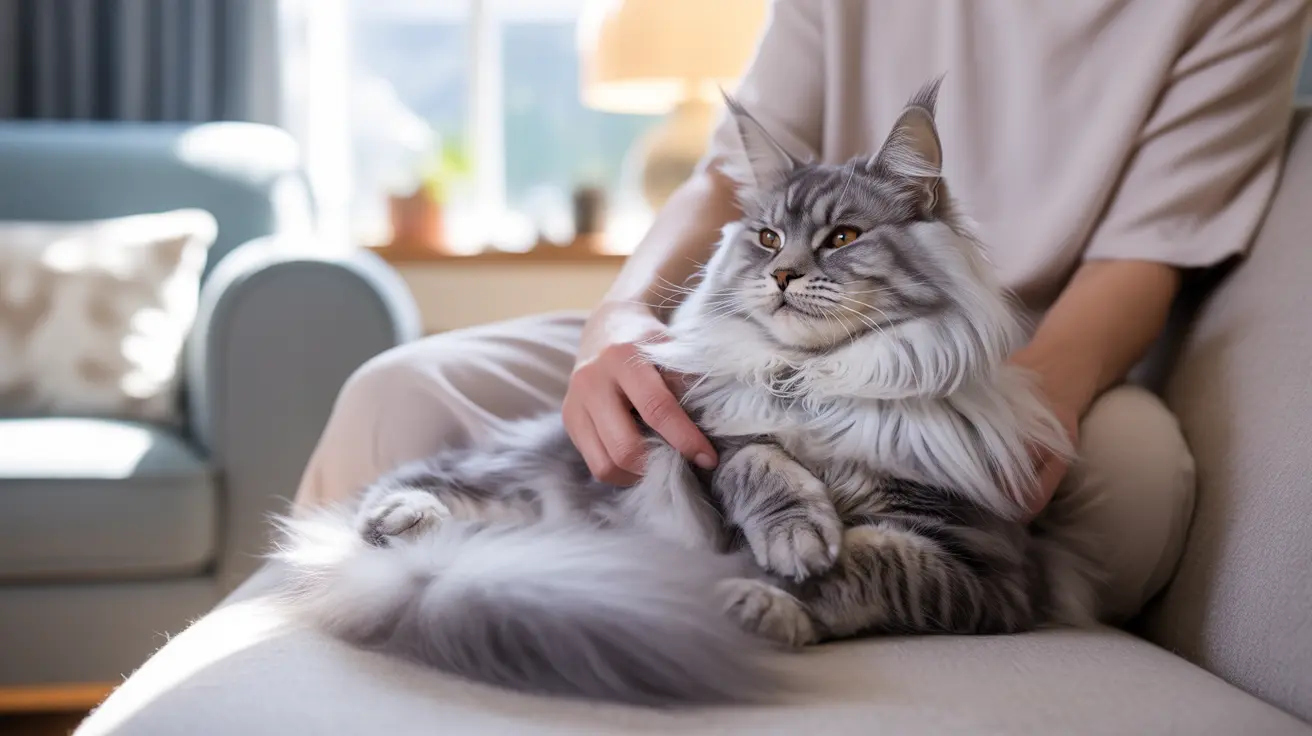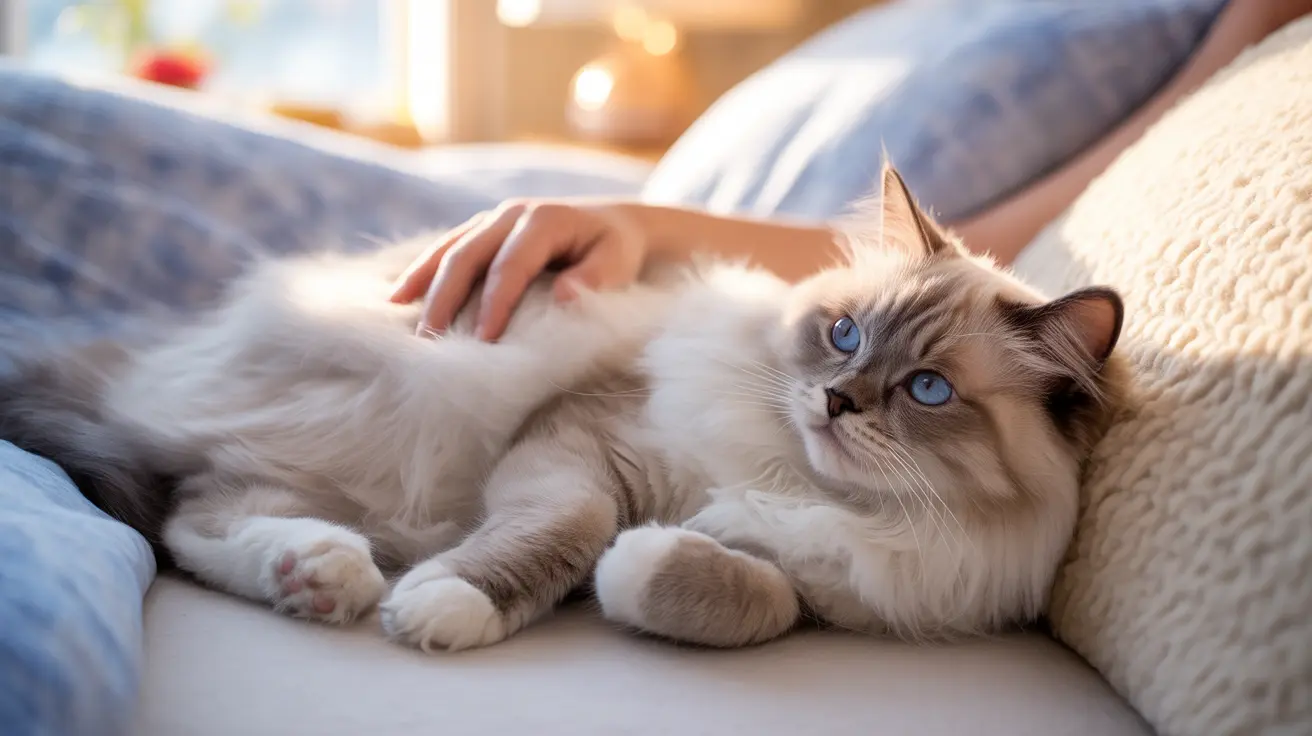Understanding Excessive Dog Drooling
When it comes to our canine companions, drooling is a common behavior that most pet owners are familiar with. While some drooling is perfectly normal, especially in certain breeds, excessive dog drooling can signal underlying health concerns that require attention. Understanding the difference between normal and problematic drooling is crucial for maintaining your dog's well-being.
As responsible pet owners, recognizing when drooling becomes a concern can help identify potential dog health issues early. From breed-specific tendencies to serious medical conditions, various factors can influence the amount and frequency of your dog's drooling. This comprehensive guide will explore the causes, symptoms, and solutions for excessive drooling in dogs.
Signs and Symptoms of Excessive Drooling
Normal drooling typically occurs during predictable situations, such as mealtime or when encountering appealing smells. However, excessive drooling goes beyond occasional drips and may indicate a health problem. When drooling becomes excessive, you may notice several signs beyond just wetness around the mouth.
- Consistently wet bedding or toys
- Visible strings of saliva
- Wet patches on the floor
- Damp fur around the mouth and neck
- Changes in saliva consistency or color
- Associated behavioral changes
These symptoms suggest that drooling is happening more frequently or in larger amounts than what is typical for the dog's breed or individual habits. Behavioral changes, such as increased agitation, reluctance to eat, or pawing at the mouth, can further signal that something may be wrong and should prompt a closer inspection.
Common Triggers for Abnormal Drooling
Understanding drooling symptoms in dogs requires awareness of various triggers that can cause increased salivation. While excitement and anticipation—like seeing food or greeting a favorite person—can momentarily increase drooling, other factors may indicate an underlying issue:
- Excitement or anticipation
- Stress and anxiety
- Physical discomfort
- Medical conditions
- Environmental factors
Each trigger can affect dogs differently. For instance, a stressful environment or unfamiliar visitor might cause anxiety-induced drooling, while environmental heat or ingesting something unusual could also provoke sudden salivation. Understanding your dog's patterns helps distinguish between typical and abnormal drooling events.
Medical Causes of Excessive Drooling
While temporary increases in drooling can be harmless, persistent or severe drooling often has a medical cause. Identifying these underlying medical issues is essential for addressing your dog's discomfort and preventing further complications.
Oral Problems in Dogs
Dog dental problems are among the most frequent causes of excessive drooling. Issues affecting the teeth, gums, or oral cavity can lead to pain and increased saliva production as the dog's body tries to soothe or cleanse the affected area. Common oral problems include:
- Periodontal disease
- Tooth infections or abscesses
- Oral tumors
- Foreign objects stuck in the mouth
- Injuries to the mouth or tongue
A buildup of tartar and plaque, gum disease, or even a splinter caught between the teeth can result in discomfort and copious drooling. Monitoring your pet's mouth for swelling, foul odors, bleeding, or difficulty eating is important for early detection.
Gastrointestinal Disorders in Dogs
The digestive system plays an essential role in your dog's overall health, and various gastrointestinal disorders can trigger excessive salivation. When the GI tract is irritated or obstructed, it can cause nausea or an upset stomach, leading to drooling. Conditions commonly linked to this reaction include:
- Nausea
- Acid reflux
- Inflammatory bowel disease
- Food allergies in dogs
- Intestinal blockages
Dogs suffering from these problems may also display symptoms such as vomiting, diarrhea, loss of appetite, or lethargy. Early examination and appropriate veterinary care can help manage these conditions and relieve discomfort.
Serious Health Concerns
In some cases, excessive drooling can be a sign of a serious health emergency. Rapid or severe onset of drooling may occur after exposure to dangerous substances or with the development of certain neurological disorders.
Toxins Affecting Dogs
Exposure to harmful substances often causes sudden, excessive drooling. Quick action is crucial to prevent poisoning from becoming life-threatening. Common toxins that may provoke drooling include:
- Household chemicals
- Toxic plants
- Certain human foods (such as chocolate and grapes)
- Pesticides
- Medications
If you suspect your dog has ingested a toxin, seek veterinary help immediately. Alongside drooling, you may notice vomiting, muscle tremors, or seizures, depending on the toxic agent.
Neurological Dog Conditions
Problems affecting the nervous system can impact saliva production and control. Neurological conditions may disrupt normal swallowing or the muscles that help keep saliva in the mouth, resulting in drooling. These include:
- Seizure disorders
- Brain tumors
- Nerve damage
- Multiple sclerosis
- Head trauma
In these cases, drooling may be accompanied by other neurological signs such as disorientation, weakness, or changes in behavior. Prompt veterinary assessment is essential for proper diagnosis and management.
Treatment and Prevention
Addressing excessive dog drooling involves a combination of careful diagnosis, targeted treatment, and ongoing preventive measures to ensure your pet’s comfort and health.
Diagnostic Approaches
When investigating dog saliva problems, veterinarians use a systematic approach to pinpoint the cause. Typical diagnostic methods include:
- Complete physical examination
- Blood work and urinalysis
- Oral cavity inspection
- Imaging studies (such as X-rays or ultrasound)
- Specialized tests as needed (such as biopsies or endoscopy)
This process helps rule out serious conditions and guides appropriate treatment choices. Early diagnosis is key to preventing complications and improving outcomes.
Treatment Options
Treatment for drooling dogs varies based on the underlying cause. Once a diagnosis is determined, the veterinarian may recommend one or a combination of the following:
- Dental cleaning and extractions to resolve oral issues
- Medication for infections or inflammation
- Surgery for tumors or structural issues
- Behavioral modification techniques for anxiety or stress
- Supportive care and symptom management for chronic or systemic diseases
Follow-up visits and ongoing monitoring ensure that treatment remains effective and your dog recovers fully.
Preventive Measures
Prevention is vital to minimize the risk of excessive drooling. Proactive care and observation can reduce the likelihood of drooling-related health issues.
- Regular dental check-ups and professional cleaning
- Safe-proofing your home against toxins and hazardous substances
- Maintaining proper diet and nutrition tailored to your dog's needs
- Managing stress and anxiety with exercise and positive reinforcement
- Scheduling regular veterinary examinations to monitor overall health
By adopting these measures, you can help keep your dog comfortable and minimize the chances of drooling developing into a more serious concern.
Frequently Asked Questions
- What causes excessive drooling in dogs? It can be due to oral issues, gastrointestinal disorders, toxins, or neurological problems.
- When should I worry about my dog's drooling? If drooling is sudden, severe, or accompanied by other symptoms, seek veterinary care.
- Can dental problems cause drooling in dogs? Yes, dental disease and oral injuries commonly lead to excessive drooling.
- Are certain dog breeds more prone to drooling? Yes, breeds like Saint Bernards and Bulldogs drool more due to their anatomy.
- How do vets diagnose the cause of dog drooling? They use physical exams, blood tests, imaging, and sometimes endoscopy.
- Can poisoning make a dog drool excessively? Yes, toxins or poisoning often trigger sudden heavy drooling.
- What treatments are available for excess drooling? Treatment depends on the cause, ranging from dental care to medication or surgery.
- How can I prevent my dog from drooling too much? Maintain oral hygiene, provide safe surroundings, and prevent toxin exposure.
- Is excessive drooling a sign of a serious illness? It can be. Persistent or extreme drooling requires veterinary evaluation.
- Does dog anxiety or stress cause drooling? Yes, anxiety or nausea may temporarily increase drooling in some dogs.
Conclusion
Understanding and monitoring your dog's drooling patterns is essential for maintaining their health. While some drooling is normal, especially in certain breeds, any sudden changes or excessive drooling should be evaluated by a veterinarian. With proper attention and care, many drooling issues can be effectively managed or resolved, ensuring your pet's comfort and well-being.






